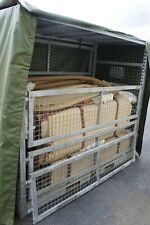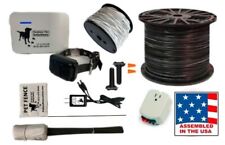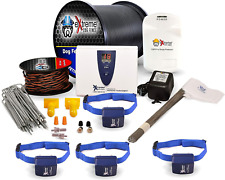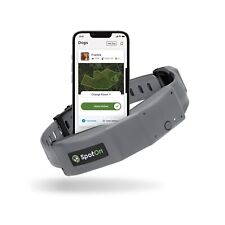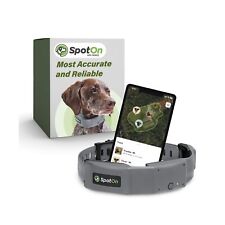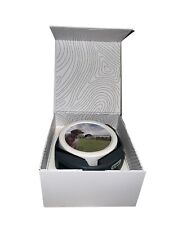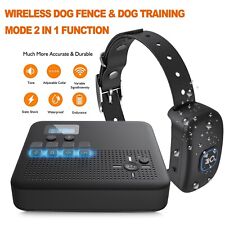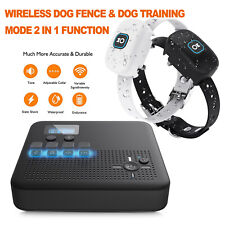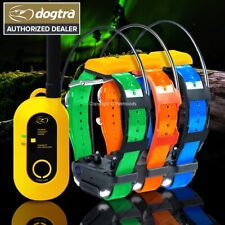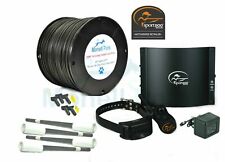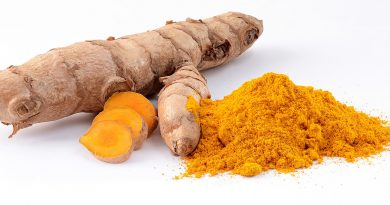Is That Dog Toy Safe?

First, look at your puppy or dog. Puppies chew to explore, help with teething, etc. Dogs chew because it is fun and to alleviate boredom. How aggressively your puppy or dog chews will help determine what type of toys is best.
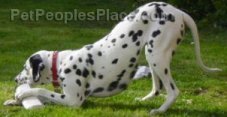
Second, look at the toys. Is it designed for animal use? How sturdy is it and how long will it last? Chew toys that are gone fast are not good chews. Toys that tear up easily, have small parts that can become choking hazards, etc., are bad as well. Toys that are too large or too small – especially too small – are bad choices.
Rawhide
Rawhide is basically cured animal hide. It can be shaped into various objects and are a common chew item. However, rawhide may not be as safe as you think. Those chips and novelty items such as slippers made from rawhide are not great chews. Dogs and puppies can quickly gobble them up. So much for a satisfying chewing session! Small chunks of rawhide can pose a choking threat. Though millions of these rawhide treats are used each year and the threat is low, you do not want your pet to be the tiny minority that has a problem. Even the rolled bones that are just sheets of rawhide rolled up can be chewed apart.
Rawhide can be pressed into bones and other shapes by using pressure. Layers of rawhide are formed into tougher bones and shapes that last far longer than the flat and rolled rawhides. Pressed rawhide gives a longer and better chew. However, it can still be worked down into small, chokable sized pieces relatively fast by an aggressive chewer. Out of the two more popular choices for rawhide, I prefer pressed. They last longer than chips and give a better chew.
Other Animal Tissue Chews
There are a variety of ears, snouts, trachea, etc., that are produced for chewing. Similar to rawhide chips, they may not give a great chew. They are meant more as an edible treat than a solid chew. I find chew hooves too small for many dogs to safely have and would avoid them except with smaller breeds. Again, make certain your dog does not wolf them down and choke.
Edible Bones
There are many bones out there made from natural materials such as pressed cornstarch, vegetables, etc., impregnated with flavors. These bones are pretty solid and can give a decent chew. However, they can become gummy and sticky and a mess in longer coats. Also, an aggressive chewer may eat them like regular dog biscuits. Some brands are harder than others so look for the strongest bone you can.
Natural Bones
Natural bones can give a great chew and last for quite sometime. There are many out there. I prefer the bones that are from shanks (look like tubes) or the knucklebones. Look for bones that are thick and free from cracks. Avoid the ones that are full legs – often from knee down to hoof. The smaller bones in the "ankle" region can be a choking hazard.
Also, make sure the bone is fitted to your dog; a really large dog with a smaller bone can be a bad thing. Natural bones can also be stuffed with soft dog treats, cheese or peanut butter to encourage more chewing. However, very aggressive chewing dogs can wear down and even break teeth. Monitor these bones as they can wear down, crack and break up.
Rubber and Nylon
Bones of these materials are generally pretty rugged and safe. However, again you must know your dog. A really aggressive chewer can bite of chunks of rubber. Rarely do you hear of a dog snapping a nylon bone but they can splinter them. Many dogs do not like chewing rubber or nylon – it is just not a natural thing for them to chew. However, the rubber toys you can stuff with peanut butter or cheese can help entertain a bored dog.
Fleece and Canvas
Fleece and canvas toys give dogs something they can sink their teeth into and really shake around. A good quality toy is pretty rugged. I have had some that have lasted years through dogs playing tug of war, fetch, etc. However, I have had some that have lasted only a couple hours. Look for toys that have eyes that are stitched and not buttons or things that can tear off. Look for sturdy construction and durability. Some have squeakers in side that a dog may decide to go for. If you notice your dog doing this, look for a sturdier toy (I find canvas lasts longer than some of the fleece and fabric toys) or one without that elusive squeaker.
Rope
Rope toys can be great toys as well. A well made one will be thick and rugged. However, watch that your dog does not shred the fringe off the ends.
Other Novelties
There are also a variety of plastic and hard rubber balls, blocks, odd shapes and such that are great for putting treats into and encouraging your pet to dig them out. They can be wonderful for a dog that gets bored quickly and you want to keep busy.
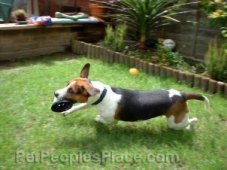
The big thing with any toy is to know your dog. If you notice he can easily shred or eat a toy, take it away and use something different. What is fine for one dog may not be with another. Make certain the toy is an appropriate size. A Labrador Retriever could easily swallow and choke on a bone meant for a Pomeranian. Conversely, a Pomeranian may not be able to get his tiny mouth around a Labrador Retriever sized bone. When you buy rawhides, try to find ones made in the USA or other country that regulates processing of rawhides. Some countries may use harmful chemicals in processing the rawhide.

